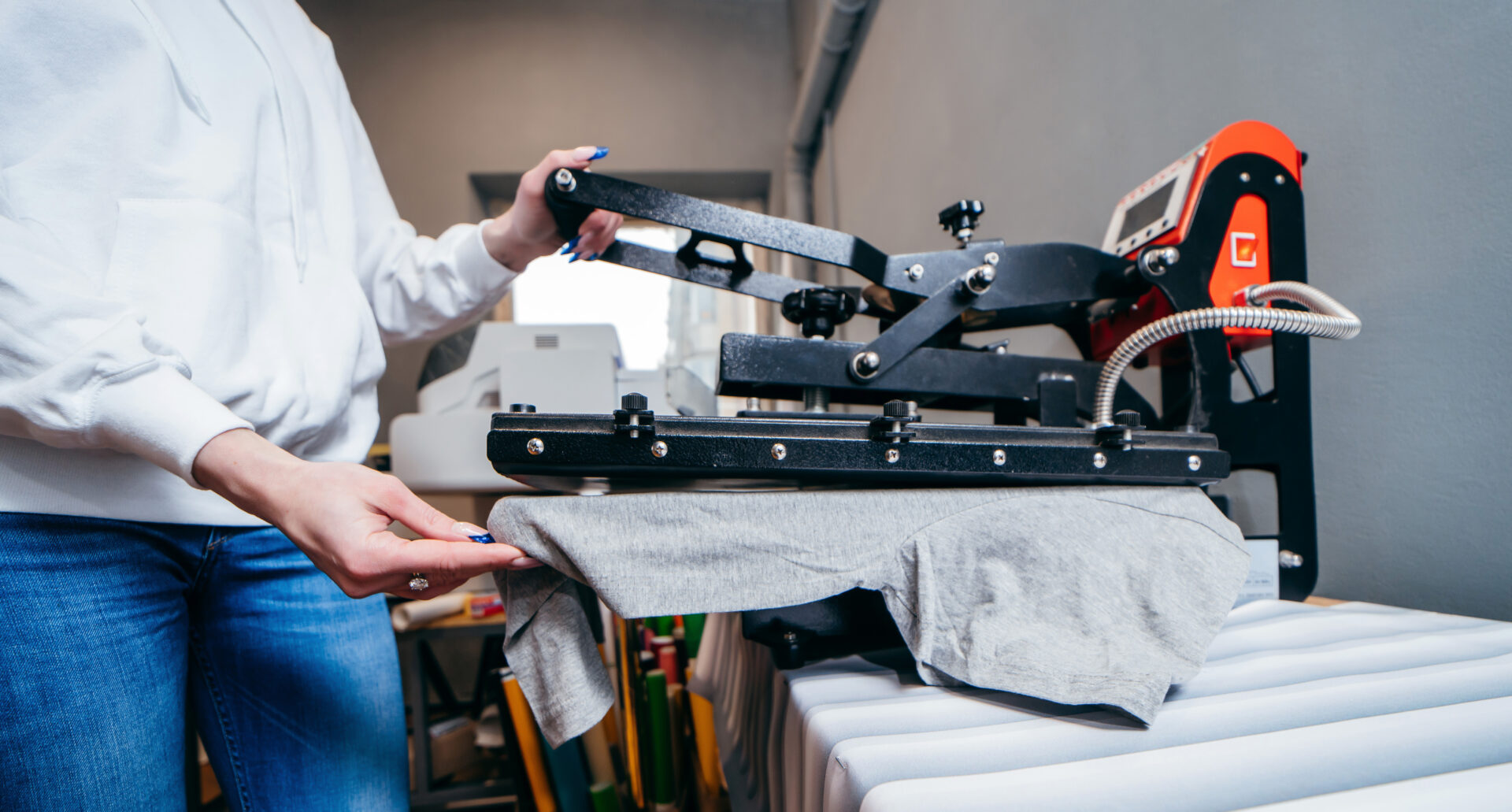The fashion industry is a developing industry, and the involvement of technologies in everything from automation to customisation, manufacturing, design, distribution, and marketing orders is becoming crucial. The growth of AI systems in fashion is that they are able to forecast fashion trends, and clothing can be designed virtually. It has become necessary for the fashion industry to achieve and compete with other fashion brands through the implementation of AI and other technological trends. And these ideas of implementing fashion with advanced technologies need to be learned and made aware of when you enrol in the best fashion design colleges in Tamil Nadu.You can get a fair idea of how these technologies can be installed and utilised in an efficient way. This article explains the integration of AI and 3D printing in the fashion industry.
The possibilities of 3D printing in the fashion industry:
If you want to become a fashion designer, then it is a good idea to learn and be aware of the trending technologies that support the fashion industry in the process of delivering materials to customers. Enrol in architecture colleges in Coimbatore to understand the basics before entering these trending fields.
- This technology is becoming crucial for industries like clothing, footwear, and accessories. The pros of this tech and fashion brand are that they can design and create based on the customer’s needs, so customisable products can be developed with proper utilisation of 3D printing.
- Nike, New Balance, and Reebok are some of the shoe brands implementing 3D printing in their customisation options.
- Eco-friendly clothing is also possible with the help of 3D printing, as the survey says fabric waste can be controlled, which leads to sustainable production and zero waste. The creation of garment prototypes can now be done rapidly and economically thanks to 3D printing technology, which also cuts down on the time and expense associated with the design process.
- Clothes may be made with distinctive structural forms that were not feasible using conventional manufacturing techniques. The adoption of 3D weaving and knitting technology can result in clothing that is more flexible and comfortable. The technique can be utilised to make clothing items that are more abrasion-resistant and durable, making them better suited for usage in high-stress, dynamic environments.
- The production of garments may be made more environmentally friendly by reducing waste and increasing efficiency, thanks to 3D weaving and knitting technology. By giving product creators new tools to produce more inventive and precise designs and enhancing the shopping experience for consumers, 3D technology has the potential to revolutionise the clothing design sector beyond the baby steps we are now taking.
- Consumer apparel that uses 3D weaving and knitting technology has a wide range of potential for innovation and differentiation, resulting in new and better goods for customers. Additionally, it provides a chance for clothing and textile companies to address the rising demand for eco-friendly and useful clothes.
- By using 3D technology, perfect patterns for clothing designs may be created, eliminating the need for human pattern-making and cutting. Future designers from the famous architecture colleges in Coimbatore may better visualise how their creations will appear in real life by using 3D technology to mimic how fabrics will drape and move on the body.
Artificial Intelligence in Fashion Design:
The design, manufacturing, and retail processes can be improvised with the support of artificial intelligence.
- Generating new fashion designs, predicting future trends, and assisting designers in creating efficient and sustainable collections AI has improved the design process, allowing fashion designers to produce new patterns and designs more swiftly and effectively. AI systems can analyse consumer data to forecast upcoming fashion trends, assisting designers in producing high-demand clothing.
- Optimising the production process, reducing waste, and improving efficiency. AI has significantly contributed to the fashion business becoming more environmentally friendly. AI has assisted fashion companies in lowering their environmental impact by streamlining production and minimising waste.
- Customised recommendations that improve the customer experience, styling advice, inventory management, and supply chain optimisation. AI systems may examine customer data and make product recommendations that are tailored to each individual’s tastes. Customers now receive clothing suggestions that match their style and interests for more customised fashion experiences.
- Before deciding to buy a virtual try-on experience, consider how clothes fit and look. With the help of AI, customers may virtually try on clothing before making a purchase. With the use of this technology, customers can virtually generate a 3D model of their bodies to see how the clothes would look on them before making a purchase.
AI makes it easier for retailers to classify and sort the images of clothing, which helps consumers easily find the products in their inventory. AI has made it simpler for fashion companies to handle inventory, oversee production, and estimate demand by streamlining their supply chains. So, you can also take part in these innovations and experiment once you gain a degree from any of the top 10 fashion design colleges in Coimbatore.






